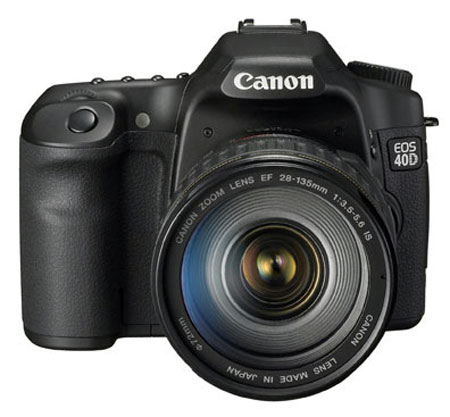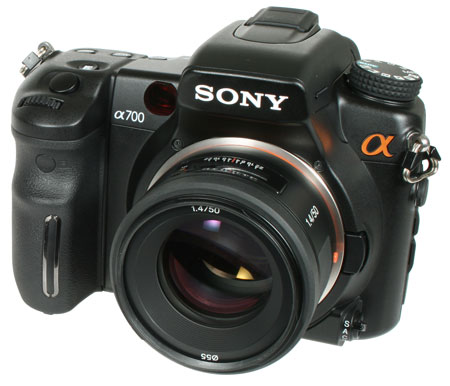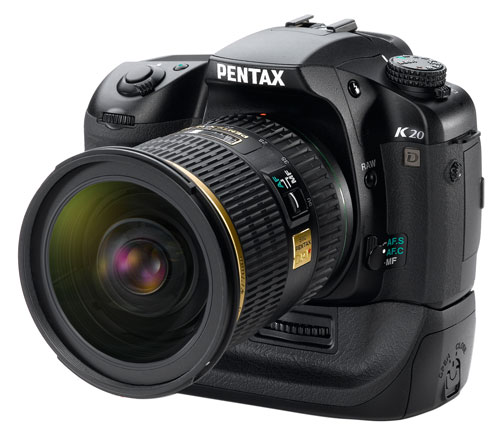How does Noise Reduction Work?
If you have ever looked closely at the lower noise images from a Nikon or Canon camera, you will notice that lower noise at high ISO is something of a balancing act. Low noise is normally achieved at the expense of loss of detail in high ISO images. The low-noise appearance is the result of smearing and softening details and sharpness, and the effectiveness of the noise reduction is really very subjective. It is a balancing act between sharpness on the one hand and noise on the other. It is even more complicated than this as noise reduction can be applied in both Chroma and Luminance dimensions and the impact of each is different. However, in the end noise reduction is always a balance between loss of detail and visible noise.
There have been many software noise reduction software programs in recent years, but most have left us with the impression that it was just as easy to live with the noise as it was with the soft smeared images of noise reduction software. Perhaps this is the result of viewing the effects of noise reduction software on Canon and Nikon digital images. As some review sites point out endlessly, Canon and Nikon understand high ISO noise and they do a good job with in-camera JPEG processing of reaching a compromise between noise and sharpness. Conversely, these same review sites endlessly point out that Sigma, Pentax, and Olympus (until recently) have noise problems and don't correctly process images. Olympus has apparently seen the noise processing light since recent Olympus model JPEG images are actually now sharper and lower noise at high ISO speeds than the RAW images captured under the same conditions. We have seen this ourselves, and so have several other respected camera review sites.

As explored in the Digital Sensor, one great appeal of the CMOS sensor over the CCD is the ability to combine noise reduction and other processing on the sensor itself. Canon has enjoyed this advantage exclusively until recently, and Canon has also been widely praised for the exceptional low-noise of their high ISO images compared to every other manufacturer in that period. The fact is Canon has used noise reduction in processing RAW and JPEG files on their image sensors. Now Sony and Nikon are doing the same in the D300 and A700 model CMOS sensor.

Sony engineers had to be scratching their head when they saw recent reviews of the A700 that screamed about noise-processing in their RAW images. The Nikon D300 is the same sensor that has noise reduction built onto the sensor just as Canon CMOS sensors do. We suppose Sony got the temper tantrum because they weren't Nikon, and because they were not as subtle as Nikon in their discussion of sensor technology. Also, in fairness to the noise reduction complaints in some reviews, the supporting Sony BIONZ processing was not very subtle compared to the EXSPEED circuitry used by Nikon. Sony has subsequently refined their post processing with firmware upgrades to the A700.

Regardless, the fact remains that Canon, Nikon, Sony, and Olympus all likely employ noise reduction in the creation of their RAW files with their CMOS sensors, and certainly they do so in the conversion to JPEG files. Sigma uses almost no noise reduction in their file conversion, and Pentax uses very little noise reduction in their in-camera JPEG processing, which is why Pentax reviews always suggest shooting RAW. The Pentax image-processing software (Silkypix) and Photoshop RAW processing certainly do employ more noise reduction than Pentax does in-camera, and thus yield better appearing images at high ISO.










61 Comments
View All Comments
Degloriath - Monday, July 28, 2008 - link
Thanks for the article, noise is certainly always a problem in digital photography. I've messed around with different noise-reduction methods via Photoshop itself, as well as a plugin called Noise Ninja which usually worked pretty well for myself. All in all it takes some patience and tinkering to ever get it perfect. :) Perhaps I shall look into the mentioned program as well.